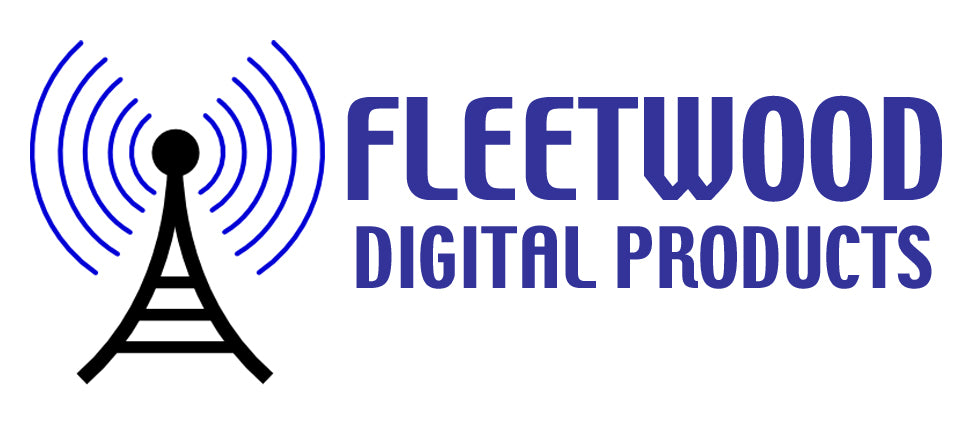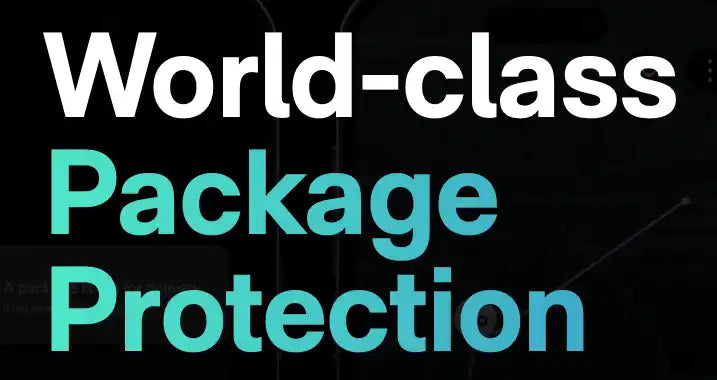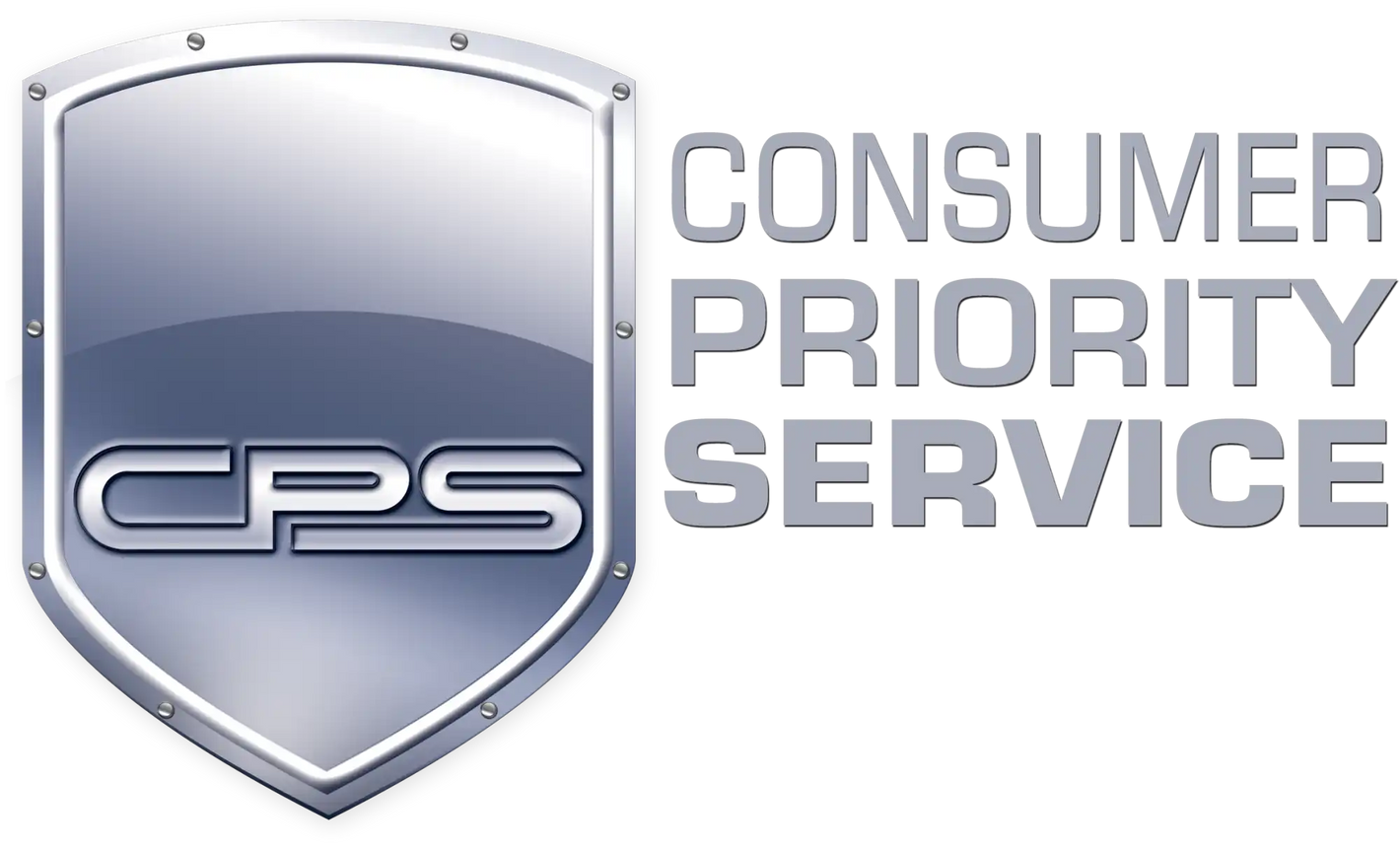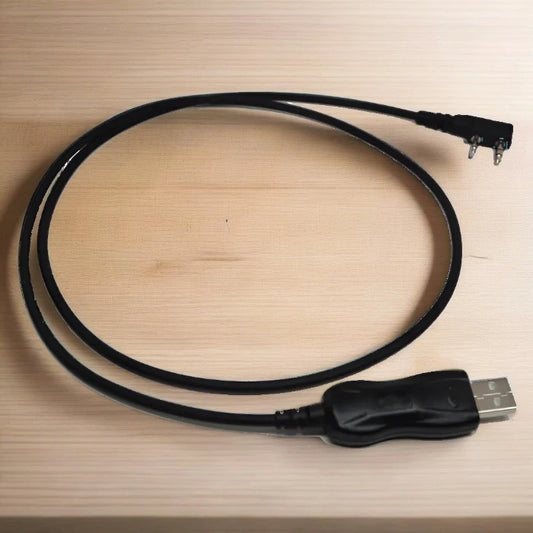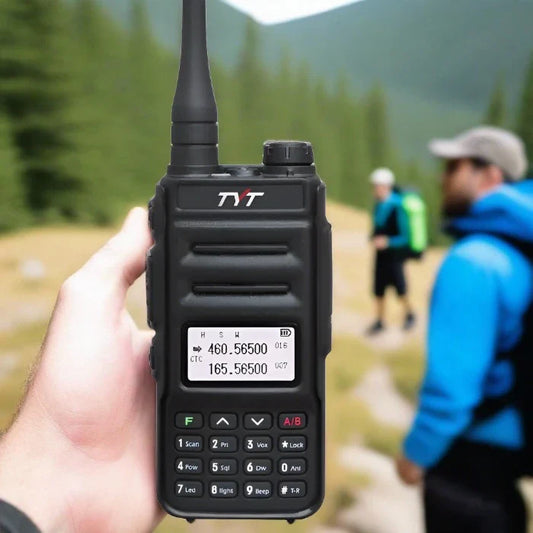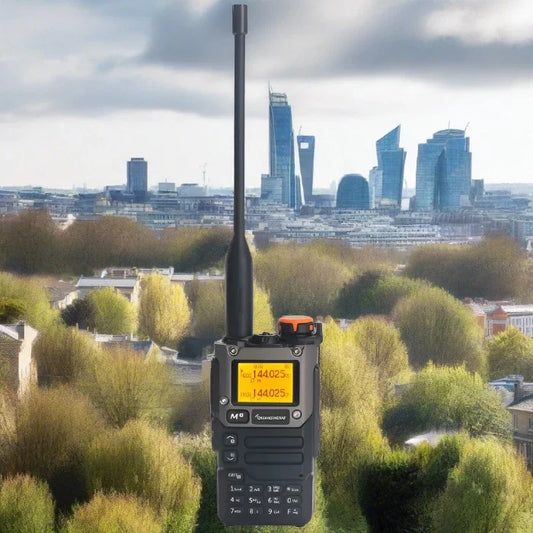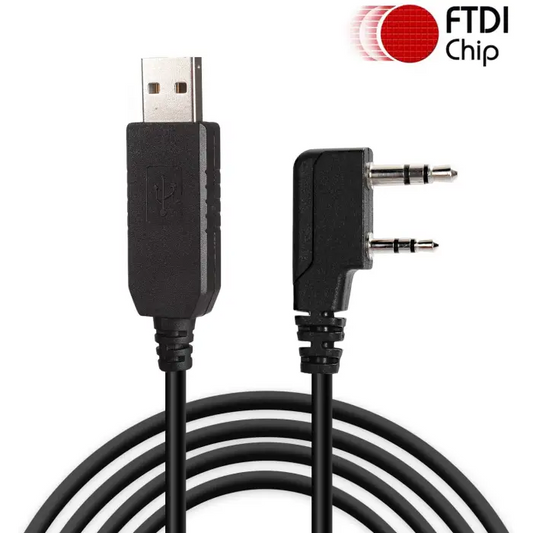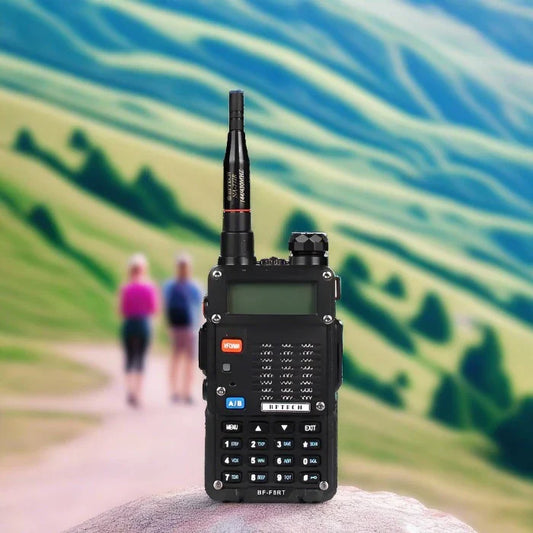So you've got your license, your first radio, the battery is all charged and you're ready to go. You turn on your rig and..... hmmmm..... now what?
The best, and most important piece of advice one can give to any new ham, is to listen, listen, listen. Listen at how the contacts are made, listen to what information is being exchanged, listen so you don't talk over anybody!
Know the local frequencies. Just about every major metropolitan area, including small cities have a repeater, or two or three, that are popular hang-outs for the local's. Some are sponsored by clubs, others by individuals, and even some by the actual radio manufactures. Most of these are also "open" to all licensed amateurs. There are many lists online that document the various frequencies, you can also get printed books, and smartphone apps. There is no cost to use them, but if you do find yourself attached to a particular repeater, it might be worth it to join the club that sponsors it. Chances are you will already know many of the club members as they probably also hang-out on the "machine" and your club dues often go towards the maintenance of the equipment. After all the repeater is free to use, but not free to maintain!
If you happen to be in an area without a repeater, or wish to throw out a "CQ" into the wild, the national calling frequency for 2M / 144 Mhz is 146.520Mhz.
Ok, so I found a repeater, the locals seem to have like minded interests with me, now what? It's time, time to use the PTT button, the big one on the side that you have been scared to push, until now. A typical exchange will go like this.
"YOURCALL monitoring" or "YOURCALL listening" You might not get a response the first go around. Thats ok, wait a minute and try again.
You might hear another operator announce that they are "monitoring"
"THEIRCALL monitoring" you would answer back with "THEIRCALL this is YOURCALL, name here is YOURNAME"
The other operator would now take their turn in the QSO
"YOURCALL this is THEIRCALL, nice to meet you YOURNAME, name here is THEIRNAME" and from there you talk about what ever comes up. Hams like to talk about things like equipment, radios, antennas, the weather, etc...
For those who are brand new here is an explanation of the callsign.
A distinctive call sign, consisting of a group of letters and numbers, is assigned to licensed individuals by Industry Canada for identification purposes and should be used at least when initial contact is being established and again when the radiocommunication is concluded. When two or more users share a common frequency, it is essential that correct identification be used at all times to ensure positive identification of the users. In the world of Amateur Ham Radio the callsign is broken down into 3 parts. The country, the region, the individual. In Canada the callsign starts with VE or VA, followed by a numeral representing the province/territory, and finally 2 or 3 characters assigned to the individual.
Examples:
The call sign will be issued using a prefix based on where the applicant resides. Prefixes currently used for assignment are in accordance with the following table. Remember that a complete callsign will include the 2 or 3 characters assigned to the individual after the prefix.
| Prefix | Province/Territory |
|---|---|
| VE1 VA1 | Nova Scotia |
| VE2 VA2 | Quebec |
| VE3 VA3 | Ontario |
| VE4 VA4 | Manitoba |
| VE5 VA5 | Saskatchewan |
| VE6 VA6 | Alberta |
| VE7 VA7 | British Columbia |
| VE8 | Northwest Territories |
| VE9 | New Brunswick |
| VE0* | International Waters |
| VO1 | Newfoundland |
| VO2 | Labrador |
| VY1 | Yukon Territory |
| VY2 | Prince Edward Island |
| VY0 | Nunavut Territory |
Efficient Speaking:
The efficient use of radio depends to a large extent on the method of speaking and on the articulation of the operator. As the distinctivesounds of consonants are liable to become blurred in the transmissionof speech and as words of similar length containing the same vowelsounds are apt to sound alike, special care is necessary to ensureproper pronunciation.
When using radio, the operator should speak all words plainly andclearly to prevent words from running together. Avoid any tendency toshout, to accent syllables, or to speak too rapidly. The followingpoints should be kept in mind when using radio:
Speed: Keep the rate of speech constant,neither too fast nor too slow. Remember that the operator receivingyour message may have to write it down.
Rhythm: Preserve the rhythm of ordinaryconversation and word pronunciation. Also avoid the introduction ofunnecessary sounds such as "er" and "um" betweenwords.
While clear speech is important, the most important piece of advice for any new ham is to listen. You will gain a lot more confidence, and have a much easier time pressing that big ol' PTT button for the first time. Who knows, you might even meet some new friends!
Now, some basic housekeeping.
The order of priority for the transmission of messages is:
- Distress communications
- Urgency communications
- Safety communications
- All other communications
Phonetic Alphabet:
The phonetic alphabet adopted by the International TelecommunicationUnion (ITU) is used to avoid confusion when transmitting difficult orunusual words. This internationally recognized alphabet should belearned so that it is readily available whenever isolated letters orgroups of letters are pronounced separately, or when communication isdifficult. Call signs should also be spelled phonetically.
The ITU (International Telecommunication Union) phonetic alphabet is:
| Letter | Word | Pronounced as |
|---|---|---|
| A | Alfa | AL FAH |
| B | Bravo | BRAH VOH |
| C | Charlie | CHAR LEE or SHAR LEE |
| D | Delta | DELL TAH |
| E | Echo | ECK OH |
| F | Foxtrot | FOKS TROT |
| G | Golf | GOLF |
| H | Hotel | HOH TELL |
| I | India | IN DEE AH |
| J | Juliett | JEW LEE ETT |
| K | Kilo | KEY LOH |
| L | Lima | LEE MAH |
| M | Mike | MIKE |
| N | November | NO VEM BER |
| O | Oscar | OSS CAH |
| P | Papa | PAH PAH |
| Q | Quebec | KEH BECK |
| R | Romeo | ROW ME OH |
| S | Sierra | SEE AIR RAH |
| T | Tango | TANG GO |
| U | Uniform | YOU NEE FORM or OO NEE FORM |
| V | Victor | VIK TAH |
| W | Whiskey | WISS KEY |
| X | X-ray | ECKS RAY |
| Y | Yankee | YANG KEY |
| Z | Zulu | ZOO LOO |
|
Note: Numbers are pronounced as follows: 0 – ZE-RO Decimal – DAY-SEE-MAL |
||
Radio Programming:
So just how do I program my radio? Thats a good question. The easiest way is via computer and software, however it is very important to learn how to program your radio via the front panel for when adjustments are needed in the field. The programming software can typically be downloaded free of charge from the radio manufacture. Chirp is another great alternative, it's compatible with a wide range of models, in active development as of 2025, and best of all free!. A good programming cable is a necessity. Inexpensive cables are often not compatible with newer computers and will simply frustrate you more than anything. For best results Fleetwood Digital sells genuine USB Programming Cable.
73s
